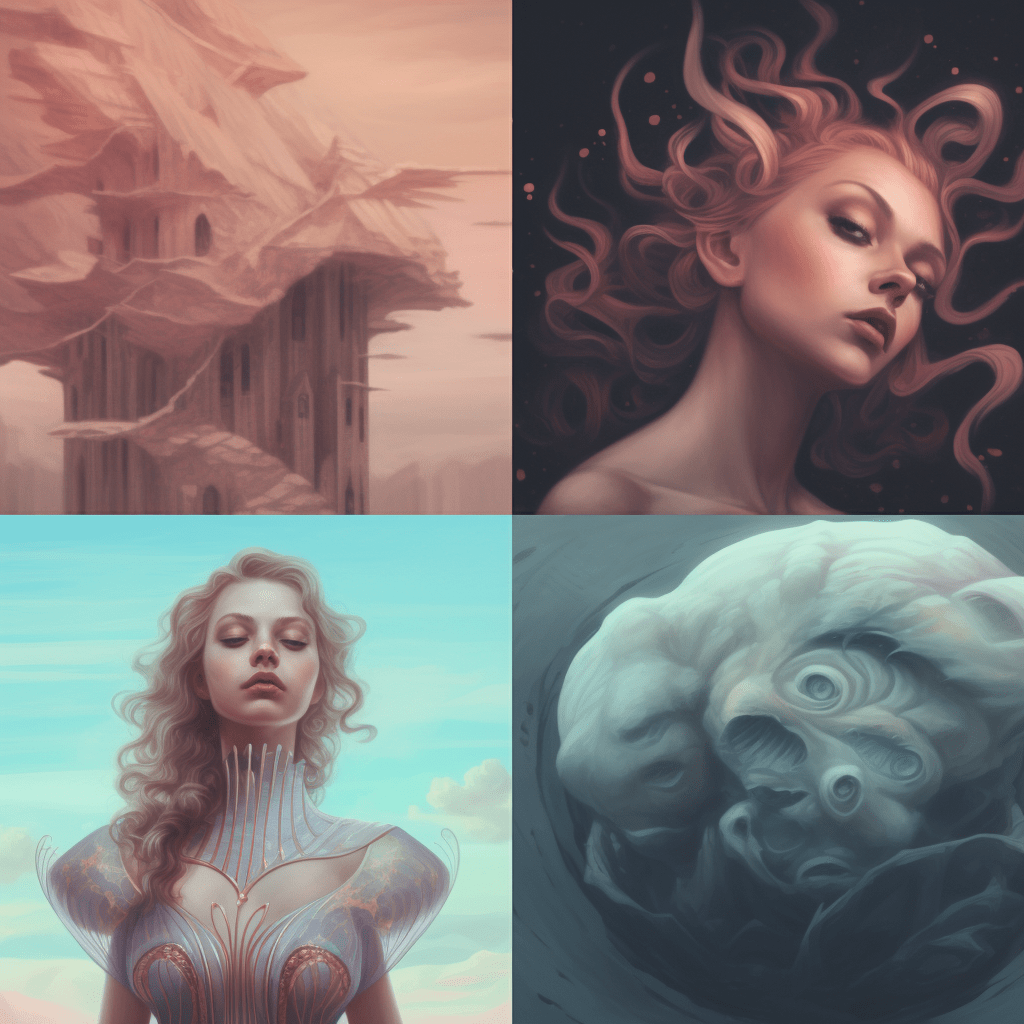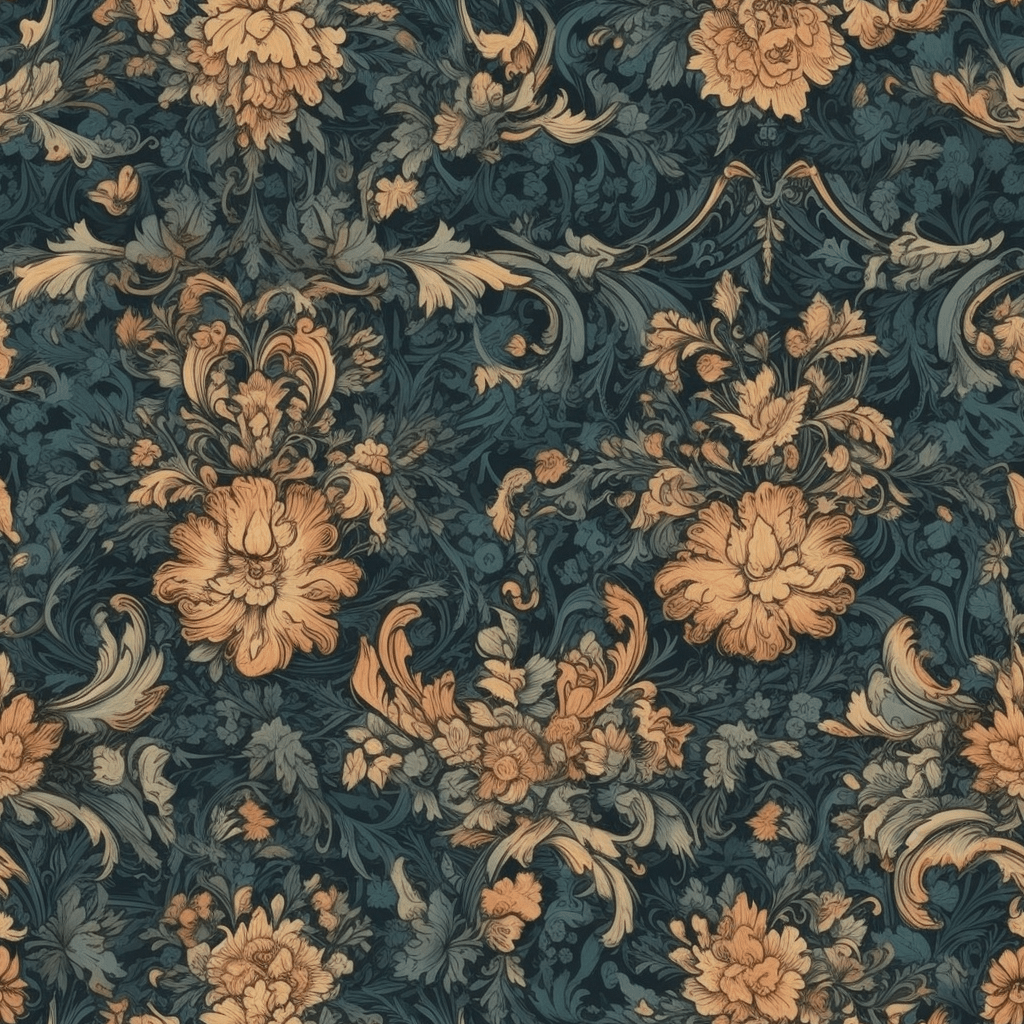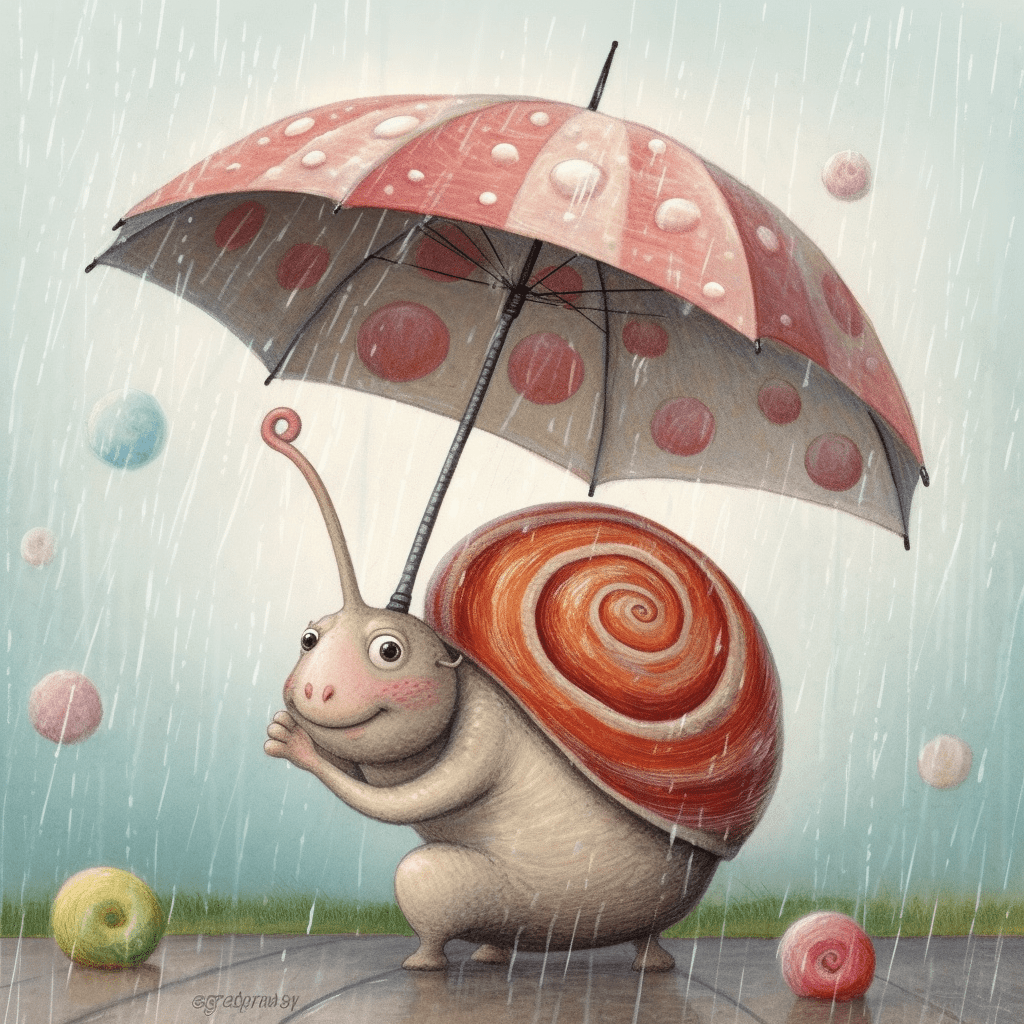
The world of non-fungible tokens (NFTs) has opened up a vast realm of opportunities for artists and creators, offering a digital platform where they can monetize their work in an entirely new way. With the rising popularity of NFTs, different methods of creating these unique tokens have emerged, including the use of random NFT generators and the traditional manual creation process. But the question is, which method is better? This article will compare these two approaches, outlining their advantages and disadvantages to help you make an informed decision.
Understanding NFT Creation
Before diving into the comparison, it’s important to understand what goes into creating an NFT. Essentially, an NFT is a type of digital asset that represents ownership of a unique item or piece of content, stored on a blockchain. The process of creating an NFT, also known as ‘minting’, involves taking a digital file (like an image, video, or audio file), attaching it to a token on the blockchain, and adding metadata that includes information about the work, such as its name, description, and the creator’s name.
Now, let’s explore the two main ways of creating NFTs: using a random NFT generator and manually creating NFTs.
Random NFT Generators: A Blend of Art and Technology

Random NFT generators are software tools that use algorithms to generate unique digital artworks from a set of pre-defined elements or layers. These generators have gained popularity in the creation of large NFT collections, where each piece needs to be distinct yet part of a cohesive whole.
Pros of Random NFT Generators
- Efficiency: One of the biggest advantages of using a random NFT generator is the efficiency it brings. It allows creators to produce a large number of unique NFTs in a short amount of time, which would be practically impossible manually.
- Unique Outputs: Since these generators use algorithms, the number of unique combinations they can produce from the input elements is enormous, leading to truly unique NFTs.
- Ease of Use: Most NFT generators come with user-friendly interfaces, requiring no advanced technical skills. This makes them accessible to a wide range of creators.
Cons of Random NFT Generators
- Less Personal Touch: While these generators can produce unique artworks, the process lacks the personal touch and creative control that comes with manual creation. Some artists might find this limiting.
- Similarity Across Artworks: Since the artwork components are predefined, there can be a level of similarity across the generated NFTs, which might not appeal to all collectors.
Manually Creating NFTs: The Traditional Route
Manually creating NFTs involves a creator making a digital piece of art (using software like Photoshop, Illustrator, or even 3D modeling tools), and then minting that as an NFT. It’s a more traditional route that many artists and creators choose to take when entering the NFT space.
Pros of Manually Creating NFTs
- Full Creative Control: With manual creation, artists have complete control over every aspect of their work. This can lead to more personal and intricate designs that fully express the artist’s vision.
- Uniqueness: Manually created NFTs can be truly one-of-a-kind, with each piece being a direct product of the artist’s creativity.
Cons of Manually Creating NFTs
- Time and Effort: Creating an NFT manually can be a time-consuming process, especially for complex pieces. This might not be ideal for artists looking to create a large collection in a short amount of time.
- Requires Artistic Skills: Manual creation requires a certain level of artistic and technical skills. This might be a hurdle for those who are new to digital art creation.
- Higher Costs: The time, effort, and software required for manual creation can add up, making it a potentially costly process, especially when compared to using a generator.
Comparing the Two Approaches

When it comes to deciding between using a random NFT generator and manually creating NFTs, it largely depends on the creator’s objectives, skills, and resources.
- For large-scale projects where efficiency and quantity are key, a random NFT generator might be the best choice. On the other hand, for artists seeking to create unique, intricate pieces with a personal touch, manual creation might be the preferred route.
- It’s also worth considering the audience and market trends. Some collectors prefer NFTs from generators due to their uniformity and the potential for rare combinations, while others value the uniqueness and craftsmanship of manually created pieces.
Key Takeaways
NFT creation has become more accessible and diverse with the introduction of tools like random NFT generators. However, this doesn’t mean that traditional methods of manual creation are obsolete. Both methods have their pros and cons, and the choice between the two should be based on an individual creator’s objectives, skills, and resources.
As the NFT market continues to evolve, it’s also essential to stay updated with market trends and collector preferences. By doing so, creators can make informed decisions that will help them maximize their success in the dynamic world of NFTs.
